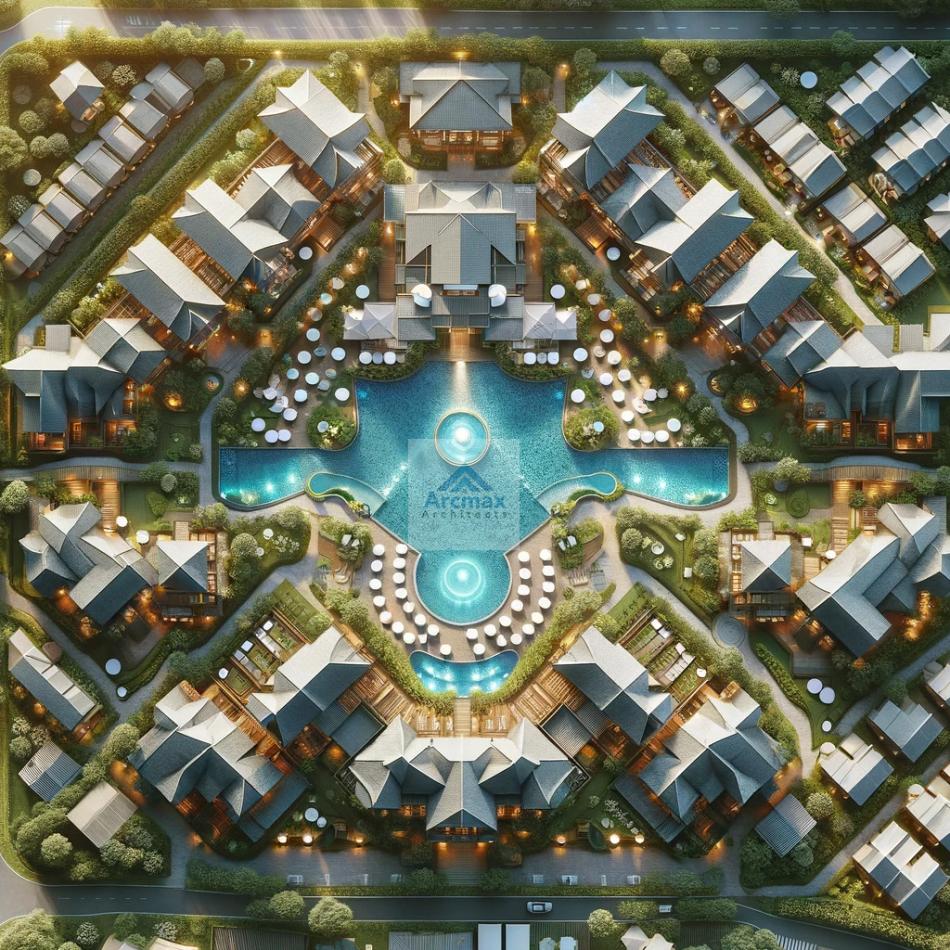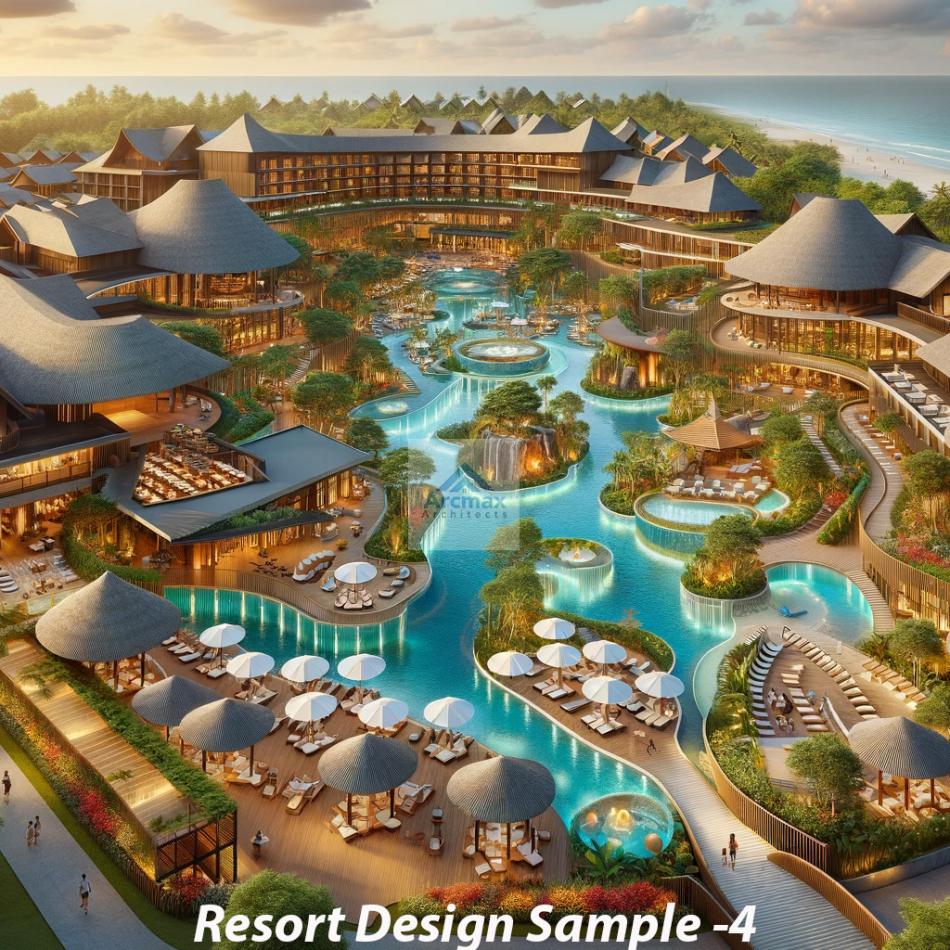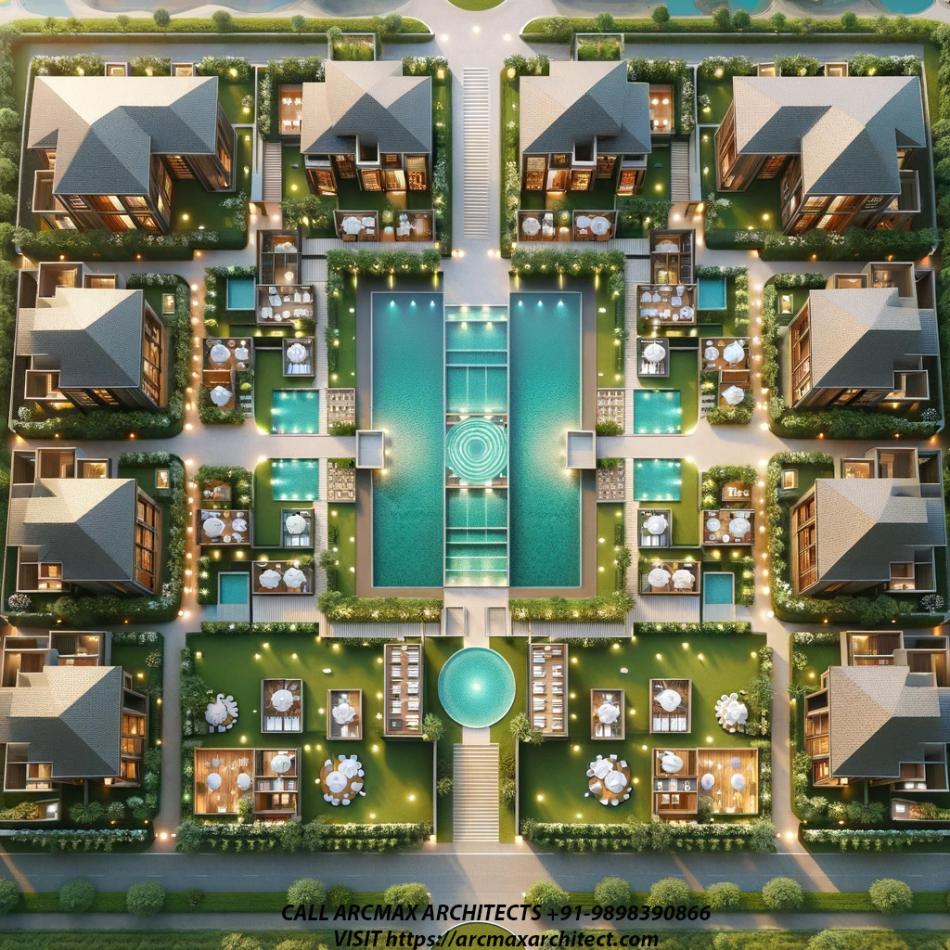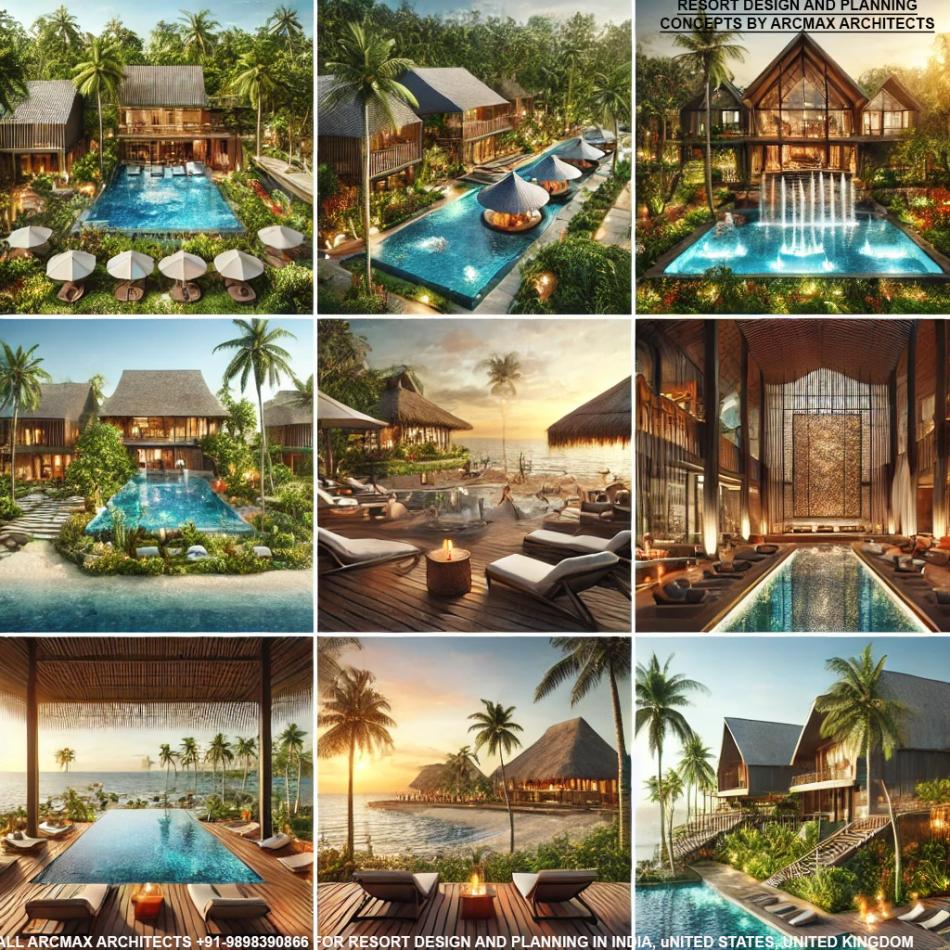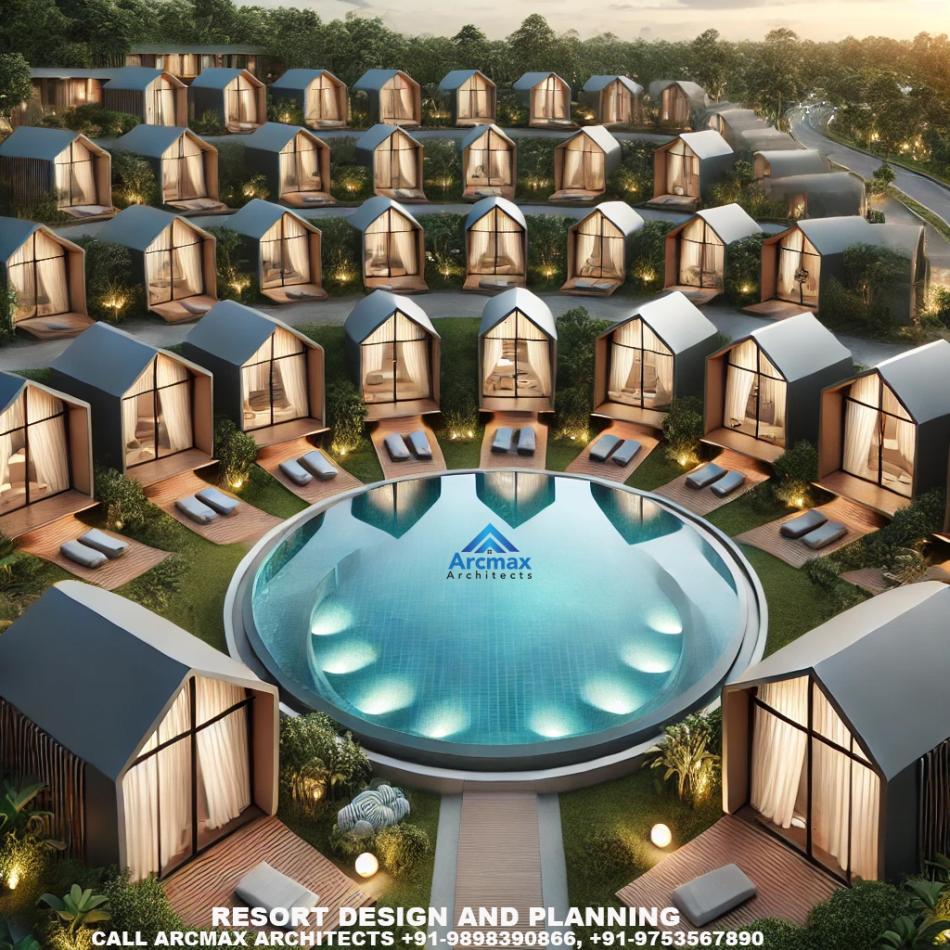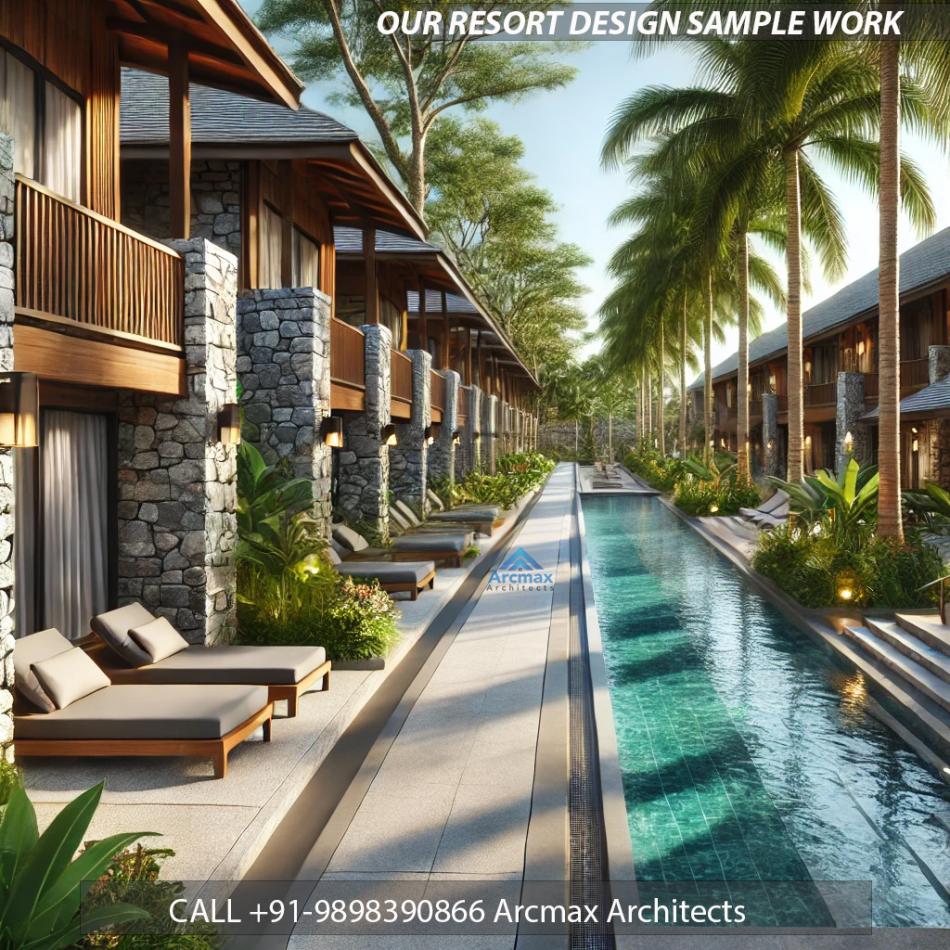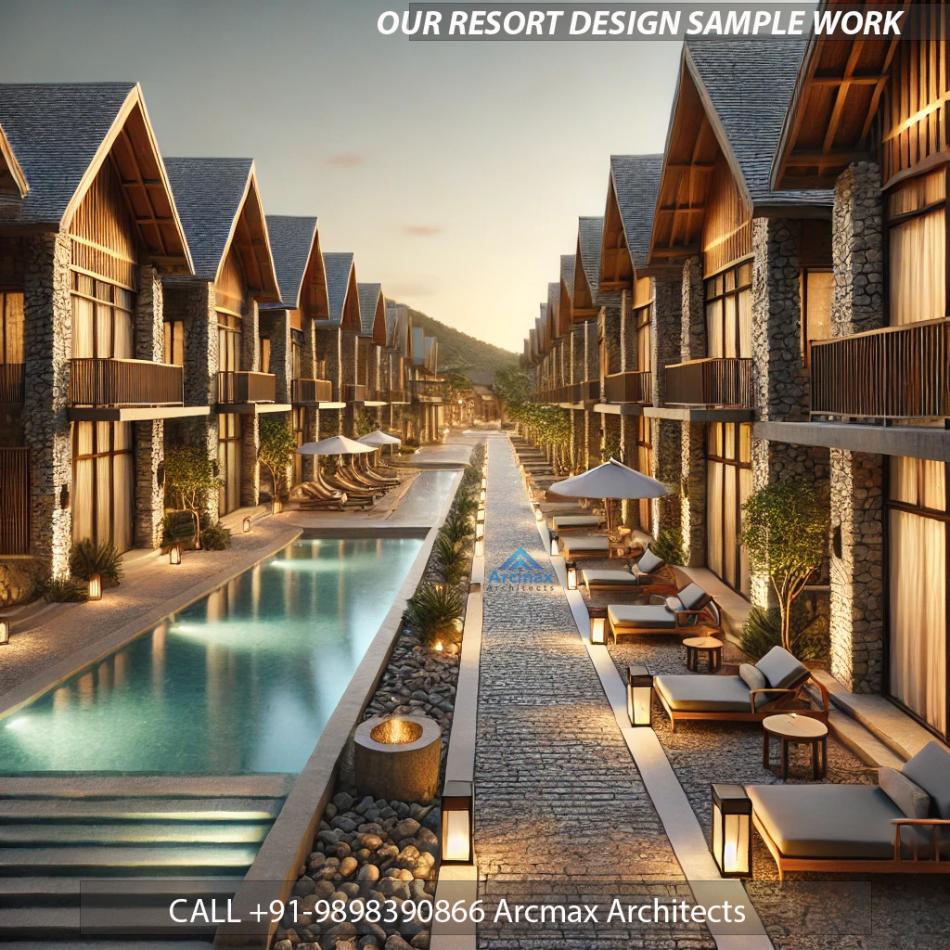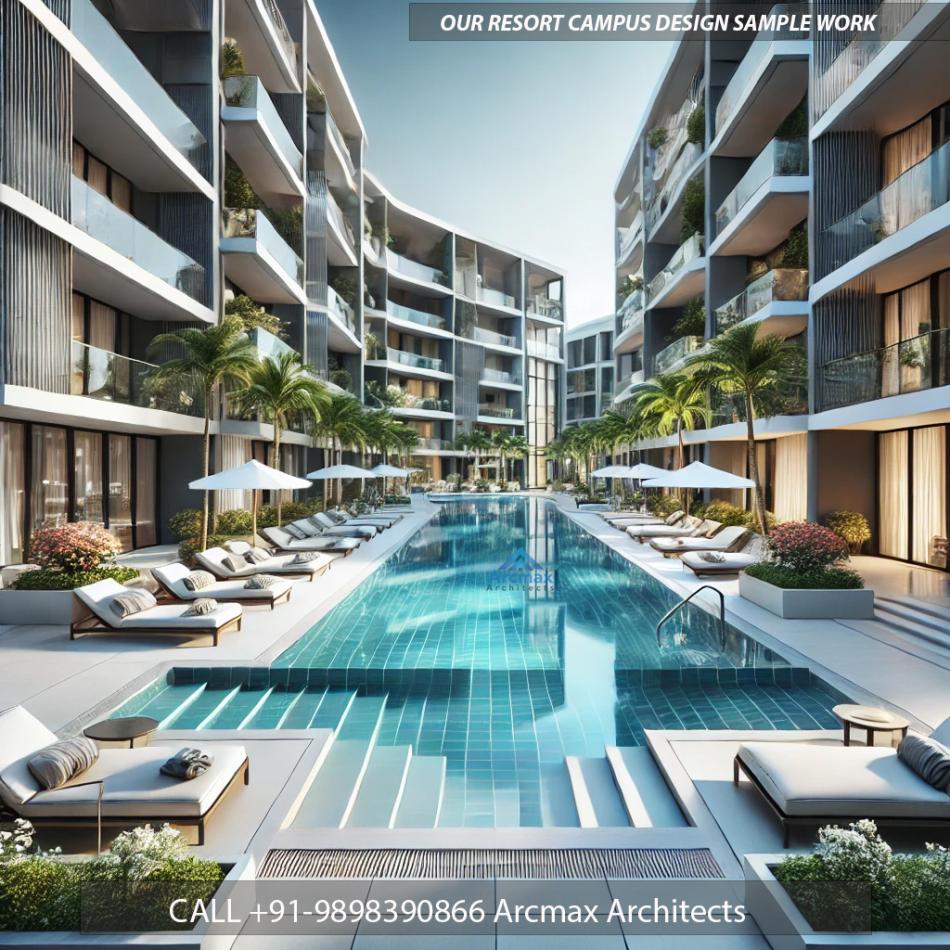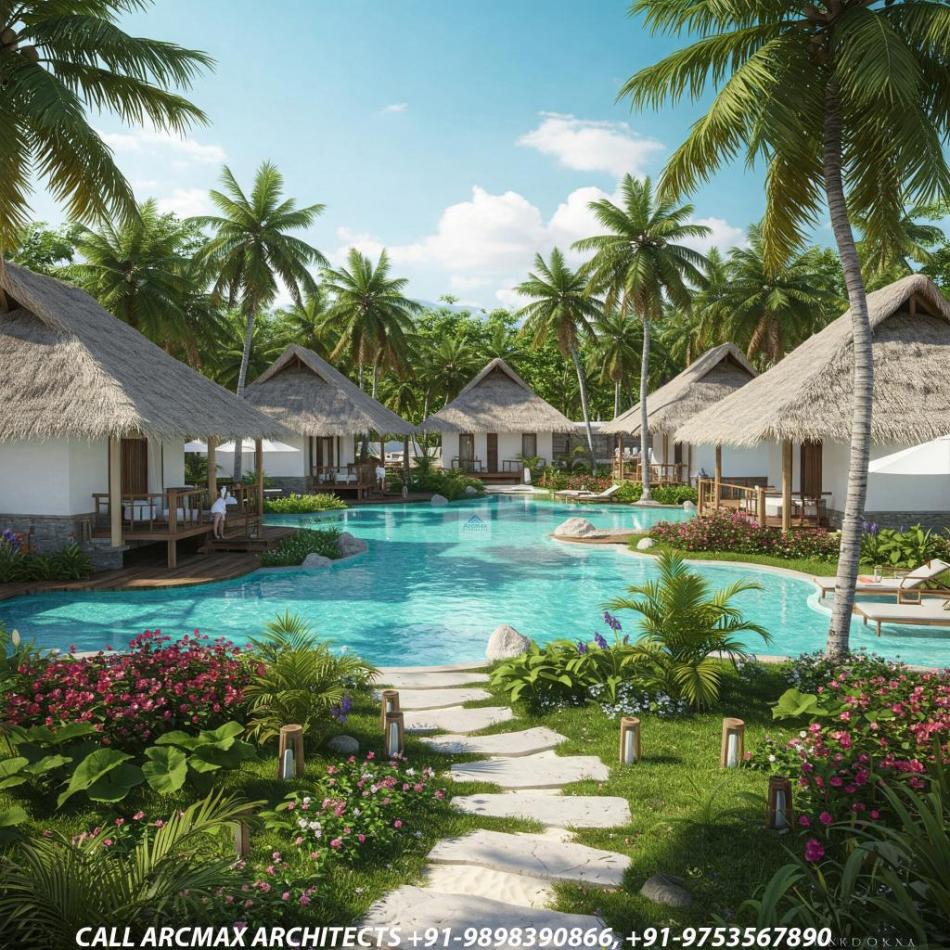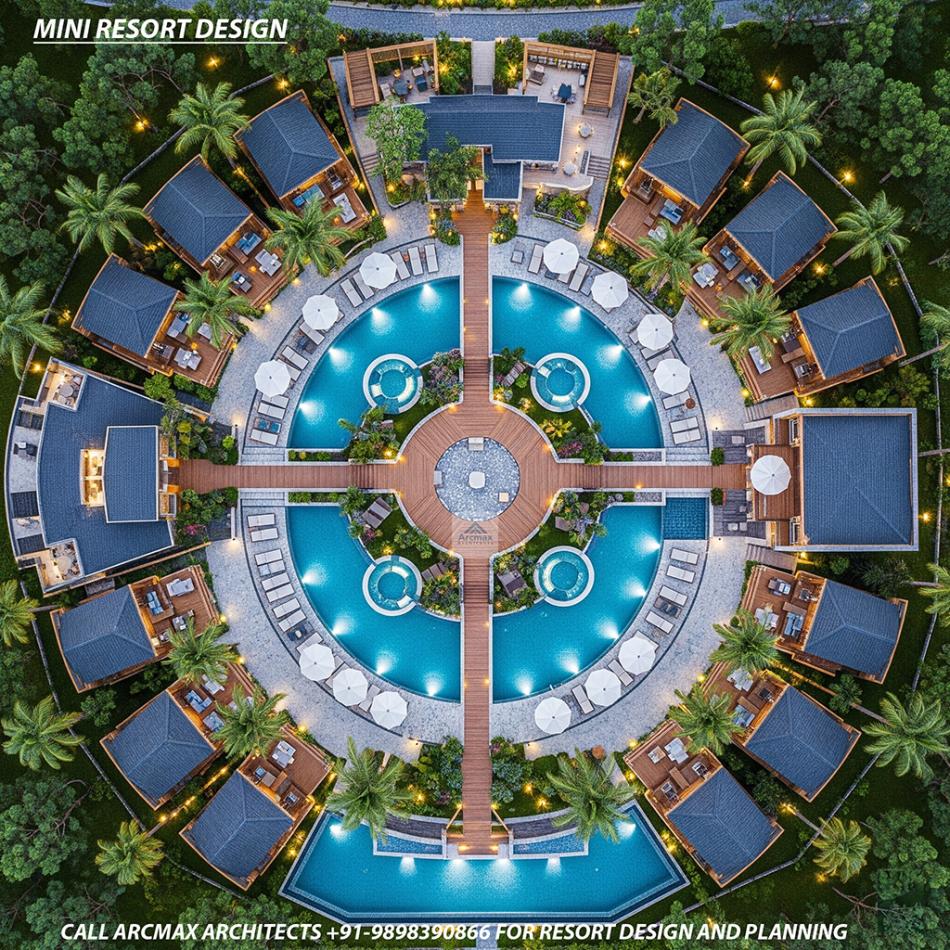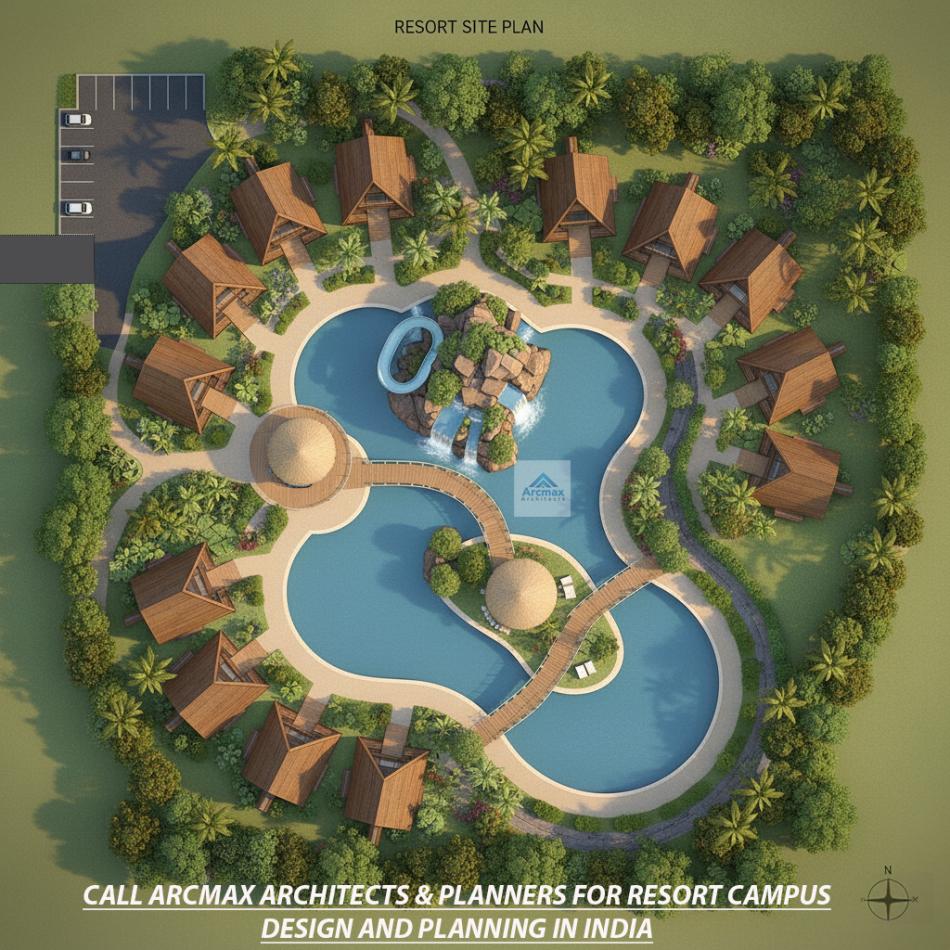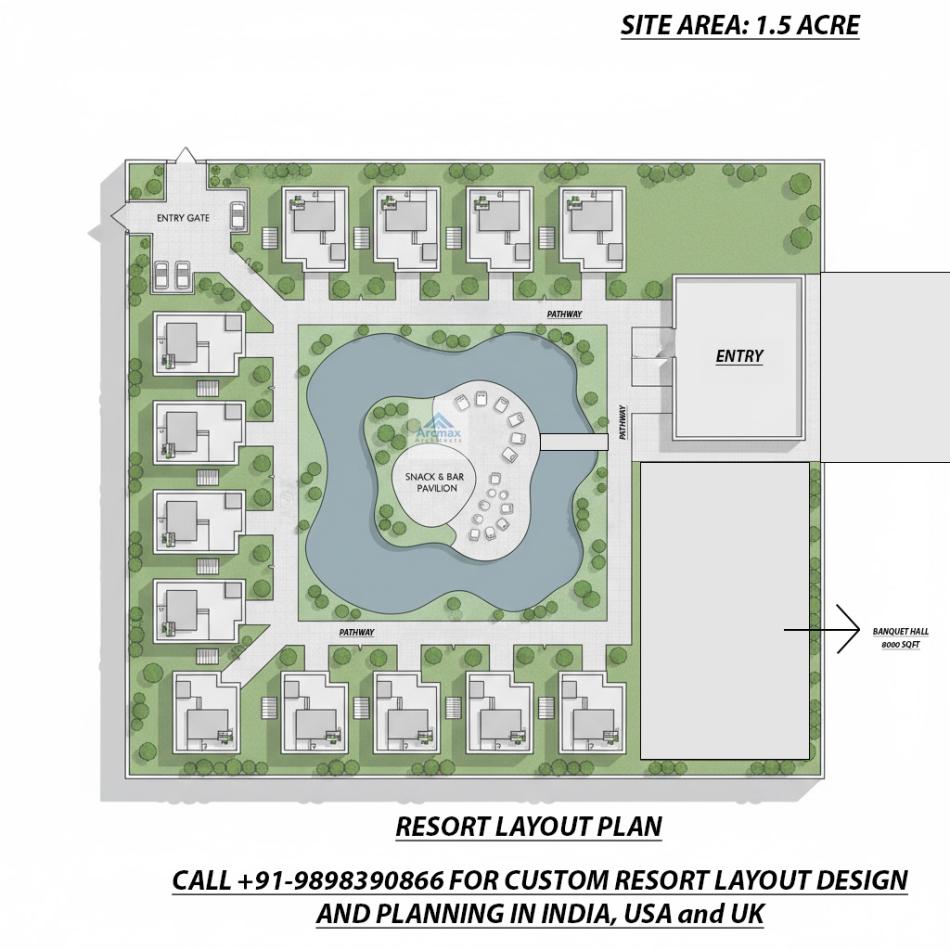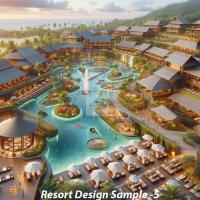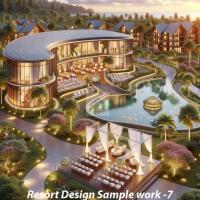Bakeri City, Pincode: 380015 Ahmedabad, Gujarat, India,
244 Madison Avenue, New York, United States
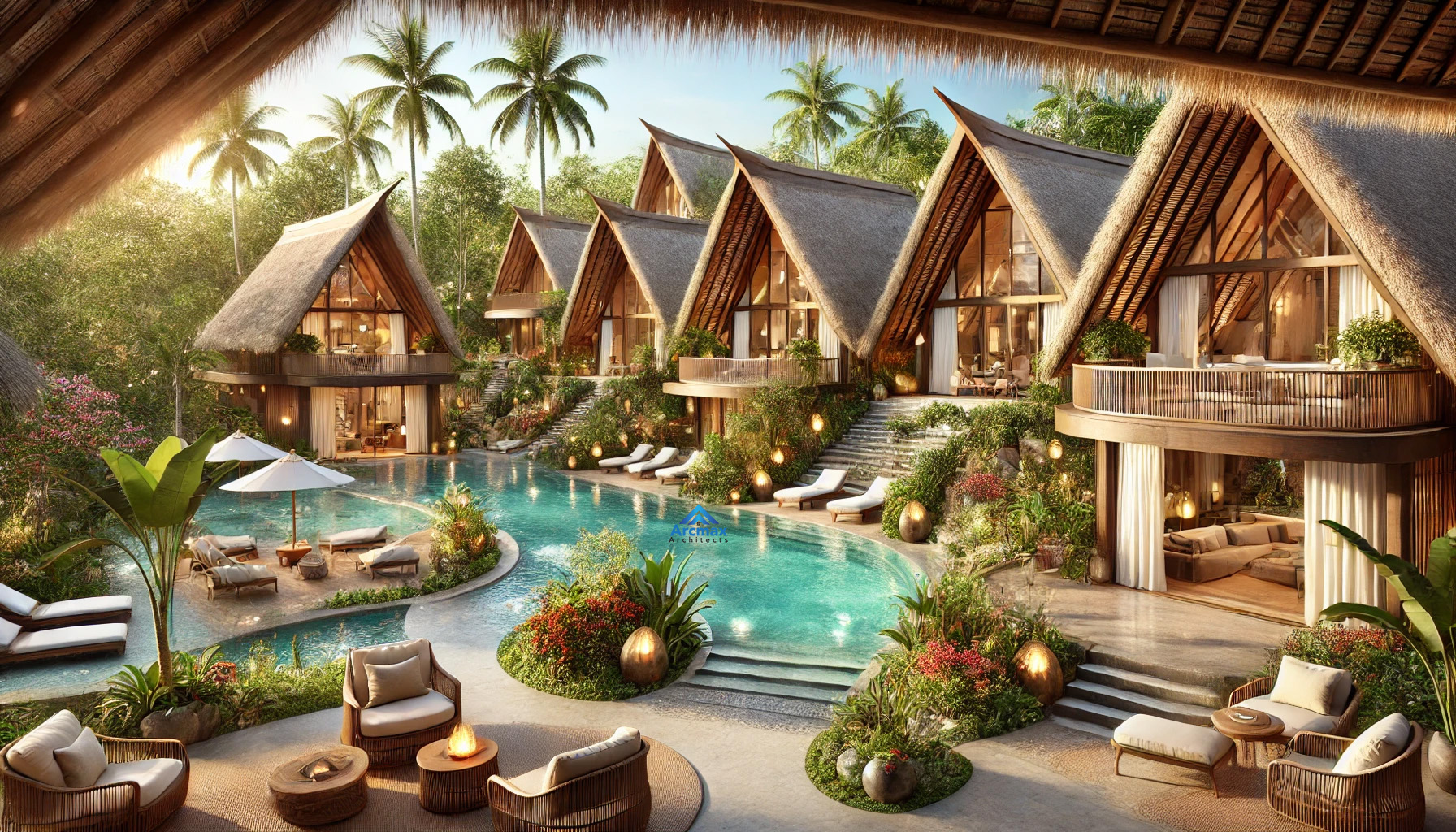
Our Client






luxury and exclusive resorts design and planning
Best Architects for Luxury Resort Design & Planning – India, USA, UK, Africa: call Arcmax Architects +91-9898390866
Looking for the best architects for luxury and exclusive resort design and planning in India, the United States, the United Kingdom, and Africa? Contact ArcMax Architects at +91-9898390866 for world-class resort architecture, master planning, and hospitality design solutions.
Luxury Resort Design & Exclusive Hospitality Architecture
Luxury resort design and planning is all about crafting exceptional guest experiences by integrating world-class architecture, high-end interiors, and immersive landscapes. A well-designed luxury resort combines privacy, tranquility, and indulgence with modern amenities, bespoke services, and eco-friendly sustainability.
Key Elements of Exclusive Resort Architecture & Planning
1. Prime Location & Destination Planning
The foundation of any luxury resort lies in its location. The best luxury resorts are designed in secluded beaches, lush mountains, pristine islands, and exotic cultural destinations. The resort master plan should seamlessly integrate with the natural landscape, offering breathtaking views, immersive experiences, and a sense of escape from the ordinary.
2. Iconic Resort Architecture & High-End Interior Design
The hallmark of a luxury resort is its striking architectural design that blends local heritage, modern luxury, and high-end materials. ArcMax Architects, leading luxury resort architects, specialize in:
Beachfront resort design with panoramic ocean views.
Eco-luxury resorts that merge sustainable architecture with opulence.
Boutique resorts and wellness retreats with immersive natural elements.
Desert, jungle, and mountain resort architecture tailored to unique terrains.
3. Personalized Luxury Experiences & Smart Technologies
Top-tier resort design focuses on guest personalization, ensuring a bespoke experience through:
Private luxury villas with infinity pools and secluded outdoor lounges.
Smart hotel technology for personalized room settings, lighting, and climate control.
Exclusive butler services and VIP hospitality zones for elite travelers.
4. Ultimate Privacy & Seclusion in Resort Planning
Exclusivity and privacy are key in designing ultra-luxury resorts. This is achieved through:
Strategic resort master planning that ensures private entrances and zoned areas.
Landscape architecture that integrates natural barriers, lush gardens, and water features.
Standalone luxury suites, overwater bungalows, and cliffside villas for undisturbed relaxation.
5. Sustainable & Eco-Friendly Luxury Resort Architecture
Modern luxury resort planning emphasizes sustainability through:
Eco-conscious resort design using renewable materials and energy-efficient systems.
Zero-carbon resort strategies incorporating solar energy, rainwater harvesting, and green building materials.
Biophilic design concepts that merge luxury with environmental conservation.
6. World-Class Spa, Wellness & Recreation Facilities
A high-end resort must feature luxury spa & wellness retreats, such as:
Holistic wellness centers, thermal pools, hydrotherapy spas, and meditation pavilions.
State-of-the-art fitness centers, yoga decks, and nature trails for rejuvenation.
Recreational activities like golf courses, yacht clubs, adventure sports, and cultural excursions.
7. Exceptional Fine Dining & Culinary Experiences
A luxury resort dining experience is defined by:
Signature restaurants with Michelin-starred chefs offering world-class cuisine.
Open-air beachfront dining, rooftop bars, and floating restaurants for a unique ambiance.
Farm-to-table organic dining concepts, emphasizing locally sourced, sustainable ingredients.
8. Cultural & Artistic Integration in Resort Design
Luxury resorts should reflect the local culture and heritage through:
Authentic architectural elements, inspired by traditional craftsmanship.
Curated art galleries, cultural performances, and heritage tours.
Custom-designed furnishings, artisanal décor, and handcrafted installations.
Why Choose ArcMax Architects for Luxury Resort Design & Planning?
ArcMax Architects is a leading resort architecture firm specializing in:
Luxury resort master planning for beachfront, jungle, desert, and island resorts.
Bespoke hospitality architecture, integrating eco-luxury principles with ultra-modern design.
Innovative and high-end hotel & resort design services tailored for 5-star hotels, wellness retreats, and private resort villas.
For the best architects for luxury resort design in India, USA, UK, and Africa, contact ArcMax Architects at +91-9898390866 today!
Want a Quotation please fill the form
- Resort Master Planning
- Hospitality Design
- Resort Landscape Architecture
- Environmental and Sustainable Design
- Cultural and Thematic Resort Design
- Restaurant and Retail Design
- Waterfront and Beachfront Development
- Luxury and Exclusive Resorts
- Eco-Resorts and Retreats
- Adventure and Sports Resorts
- Heritage and Restoration Projects
- Resort Architecture Design


